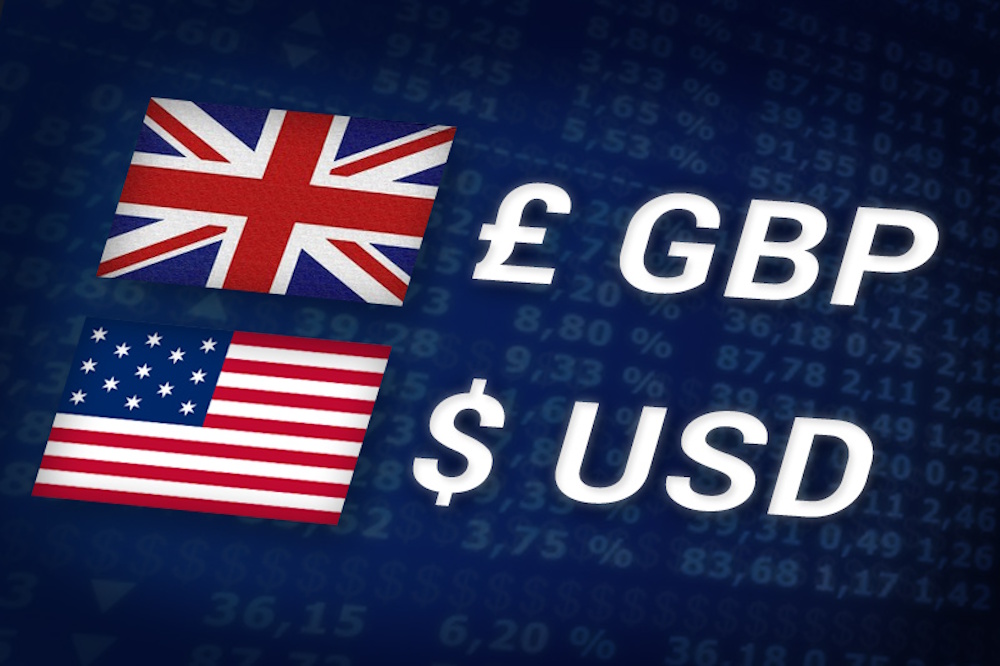The British pound has continued its upward trajectory against the U.S. dollar for the third straight session, with GBP/USD currently at 1.3461, reflecting a 0.20% increase for the day, as political instability in Washington prompts investors to divest from the greenback. The potential U.S. government shutdown has diminished demand for the dollar, heightening concerns that essential economic indicators, including Friday’s Nonfarm Payrolls, could face delays. The U.K. has reported an unexpected boost in growth, with Q2 GDP increasing by 1.4% year-on-year, surpassing the anticipated 1.2%. The interplay of dollar weakness and U.K. resilience has maintained the strength of sterling, despite the fact that the pair is set to conclude the month with a decline of 0.40% overall.
The U.S. labor market continues to be the key determinant for short-term dollar movement. Job openings increased slightly from 7.208 million in July to 7.227 million in August, surpassing estimates while indicating a gradual demand for workers. Simultaneously, the Conference Board Consumer Confidence index fell from 97.8 to 94.2, falling short of the anticipated 96.0 and indicating the ninth consecutive decrease in perceptions regarding job availability. The disparity between employment growth and consumer sentiment has placed the Federal Reserve in a challenging predicament. Current market expectations indicate an additional two basis points of easing by the end of the year, leading to a total of 104 basis points in cumulative cuts projected through 2026. A robust Nonfarm Payrolls report may impede GBP/USD’s upward momentum by rekindling hawkish expectations for the Fed, whereas a disappointing figure could pave the way for a move towards 1.35–1.36.
GBP/USD has rebounded from the September lows around 1.3230, a point that corresponds with the upward trendline established in July. The pair regained momentum, returning to examine the 1.3450 resistance zone, which aligns with the 50-day, 100-day, and 20-day simple moving averages positioned at 1.3463, 1.3488, and 1.3504, respectively. The relative strength index remains below neutral yet is on an upward trajectory, indicating that buying pressure is intensifying. If GBP/USD surpasses 1.3500, the subsequent resistance level is at 1.3550, then 1.3600, and finally 1.3700. On the downside, a failure to defend 1.3400 could lead the pair back toward 1.3330, with additional losses posing a risk of a return to the 1.3300 support floor.
As the U.S. shutdown saga captures the spotlight, the intricacies of domestic U.K. politics continue to serve as a significant, albeit secondary, influence on sterling. The Labour Party conference in Liverpool has led to a cautious stance among investors regarding fiscal positioning, as there are concerns that aggressive spending commitments may increase gilt volatility. The Bank of England’s rhetoric serves as a counterbalance, with anticipated hawkish commentary from Governor Andrew Bailey later this week. If Bailey indicates that rates will stay restrictive despite a slowdown in growth, sterling may receive an extra layer of support. On the U.S. front, President Trump’s negotiations with Congress continue to be a critical issue: even a brief shutdown could further undermine the dollar, allowing GBP/USD to rise further.

